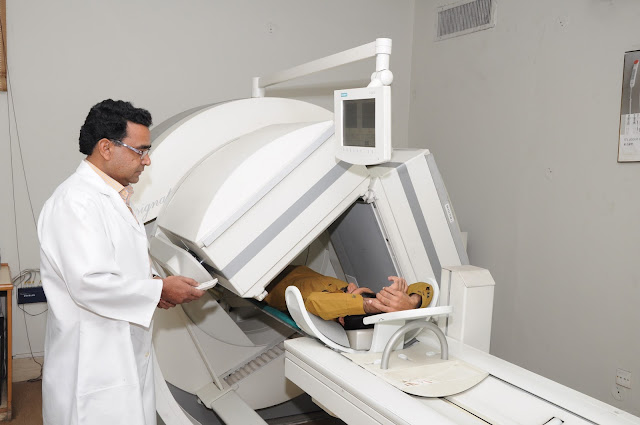An enlarged adenoid, also known as ‘adenoid hypertrophy’, is when the adenoid gland in one's mouth grows unusually large in size, due to either an infection or another problem. The adenoids (and tonsils) are made from similar tissue masses of the lymphoid tissue found in the neck and in other parts of one's body, and are located at the back of one's nasal cavity in the throat. Another name for adenoids is 'nasopharyngeal tonsils', but is away from one's main tonsils. This gland fights bacteria and other viral entries that pass through one's nose, where antibodies are produced in order to fight off these infections. The adenoids are located at an elevated position at the back of the palate, where the nasal passages are attached to the throat.
Reasons why children suffer from enlarged adenoids
The severity can differ with most infections being dealt with by the body, where the adenoid returns to its original state over the course of time. Adenoids can be larger than normal at the time of birth itself.
Reasons why children suffer from enlarged adenoids
The severity can differ with most infections being dealt with by the body, where the adenoid returns to its original state over the course of time. Adenoids can be larger than normal at the time of birth itself.
- Bacterial infections
- Franke triad
- Viral infections
- Genetics
- Allergies
- Long term inflammation
- Adenoid cystic carcinoma
- Timme syndrome
Signs of enlarged adenoids in children
We look into the symptoms of this condition and how to identify them at an earlier stage. We'll also look into the serious signs as well, which when noticed needs immediate medical attention.
- Breathing is noisy
- Child breathes through their mouth
- Skin on one's lips are cracked
- Voices sounds nasal-like
- Child finds it difficult to breathe through his/her mouth
- Nose is constantly runny
- Mouth is dry
- Snoring
- Breath smells foul
- Restless during sleep
- Tonsils start to swell
- Sense of smell decreases
- Nasal obstruction
Serious symptoms of enlarged adenoids in children
- Weight loss/lack of weight gain
- Sleep apnoea takes place (breathing stops for a few seconds or longer during the night)
- Nosebleed
- Pulmonary hypertension (high blood pressure in the lungs)
- Sinus infections occur constantly
- Ear infections are frequent
Enlarged adenoids treatment for children
In some cases, the adenoids are surgically removed depending on the severity of the condition. It is important to understand what is involved during the treatment process, and what your options are:
Antibiotics: If the cause is bacteria-based, then doctors prescribe antibiotics to help counter the infections from further escalating.
Surgery: There are two surgical procedures involved to help treat an enlarged adenoid, one is called 'adenoidectomy' (adenoid removal), and 'tonsillectomy' (tonsils removal). Doctors suggest these operations be conducted only if certain persistent problems come forth in a child, like sleep apnoea, those who experience infections more than five times a year or even over a period of two-three years, nasal congestion, those who find it difficult to breathe/talk, sinus infections, and ear infections.
Most enlarged glands reduce to their normal sizes after an infection has passed. Just make sure you don't ignore the signs, and to also keep in mind that adults too can face this problem.










